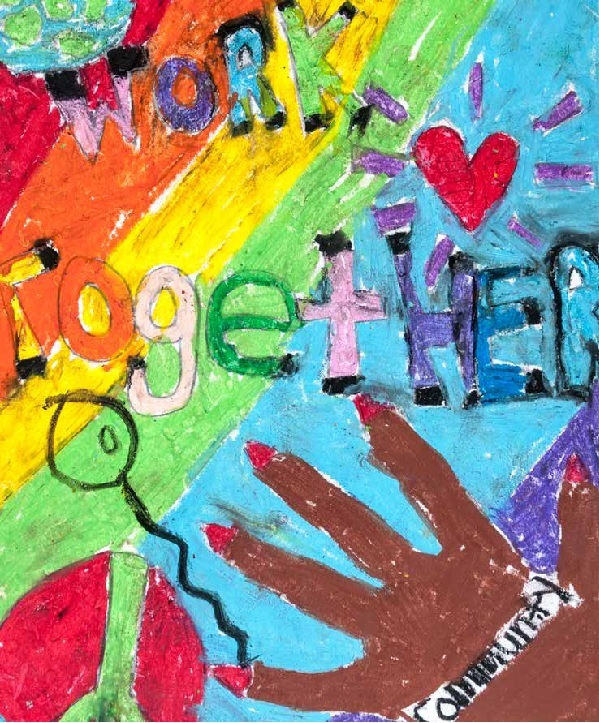
Kidsburgh Q&A: 4 questions with James Fogarty on 2017 Pittsburgh Public Schools report
A+ Schools released its “2017 Report to the Community” this week with data on every Pittsburgh public school to help parents make informed decisions on where to send their children.
As in past years, the report showed many concerning trends — including significant learning and performance gaps between African-American and white students, decreased enrollment of 2,437 students over the past four years, and high suspension and chronic absenteeism rates for African-American students, who make up 53 percent of Pittsburgh Public Schools enrollment.
Positive signs included a 10-percent year-on-year graduation-rate increase, from 70 to 80 percent; an increase in the number of students qualifying for Pittsburgh Promise scholarships; and improved 3rd-grade reading scores.
The report will be mailed to 30,000 homes in Pittsburgh with school-aged children.
A+ Schools’ Executive Director James Fogarty sat down with Kidsburgh to discuss the report.
How does this report help parents considering Pittsburgh Public Schools?
It lets you know not just test scores, but also allows you to see how children are achieving on key metrics. We look at 3rd-grade reading. We look at 8th-grade algebra, how many kids are taking it, how many are passing the tests. We look at grades and gaps, overall student achievement in a school.
It provides test data, which is a good start, but it also provides data about school climate. Chronic absenteeism — are the kids showing up? Parent climate — would a parent recommend that school? Teacher data — does a teacher think it’s a good place to work? We hope that it provides a comprehensive look.
What numbers in this report are the most telling in terms of where our public schools are today?
I can’t overstate the 3rd-grade reading increase. It’s really an important marker of students’ success, not just in the short term but the long term. It can drive change in how we prepare students before they enter school. It also drives intervention strategy. If we know we have a few hundred kids who are not reading at grade level by 3rd grade, how do we ensure that there’s an intervention strategy to catch those kids up?
The report shows that African-American students are performing at lower levels than white students. How do we remedy that?
It’s the $100 million question in education. Our commitment to equity and excellence is for all students (but) we are focused on black and brown students because we know historically that they have been underserved.
I would posit that all the gaps we see in achievement start in a fundamental gap in opportunity. When we see suspension rates being higher for black students that means an opportunity to learn is denied those students because they’re not in school. They’ve been expelled or suspended for childlike behavior, but they’re children, they’re going to behave like children. When there is an incident, even a violent one, we need to figure out how to teach that child and love that child back into the community.
Ultimately what’s going to turn the dial (is) attention to the teaching and learning in the building. I don’t think I can overstate how both simple and hard that it is. Motivating educators, providing systems of support and ensuring they can be effective requires a very deft principal who can manage a team, get them working on all cylinders and believing they can be effective with the children they have.
It’s not that black students aren’t doing well in some schools. They are. We have schools that are doing right by black kids. We just don’t have enough of them. (But) we know that where good things are happening, a strong principal leader is a prerequisite.
Public schools have a perception problem. Some parents simply don’t want to send their kids there. Are those parents’ concerns legitimate, and how do you combat that perception problem?
I think the perception problem is born in some truth, whether it’s an experience they had at a school, data they’ve read, or something they heard from a parent down the street. But what I would encourage parents to do it test their assumptions …
I would argue that part of the problem is that we live in a society that is stratified by race (and) we haven’t dealt with it. We can continue to deny it and blame our schools for the problems of our society’s racism, or we can accept the fact that our schools are the result of our own racism and that we all have to own that.
We need to think about how do we create the ability for all educators, counselors, security guards — every staff person who comes into contact with a child — to have the same high expectations for all students and allow the same access to opportunities for achievement. When we do that, we’ll see achievement go high for all kids.
And we’re seeing it. If you don’t believe me, go to the North Side and Allegheny Traditional and see black kids doing great work. It’s happening in our district. Don’t tell me it’s not possible.